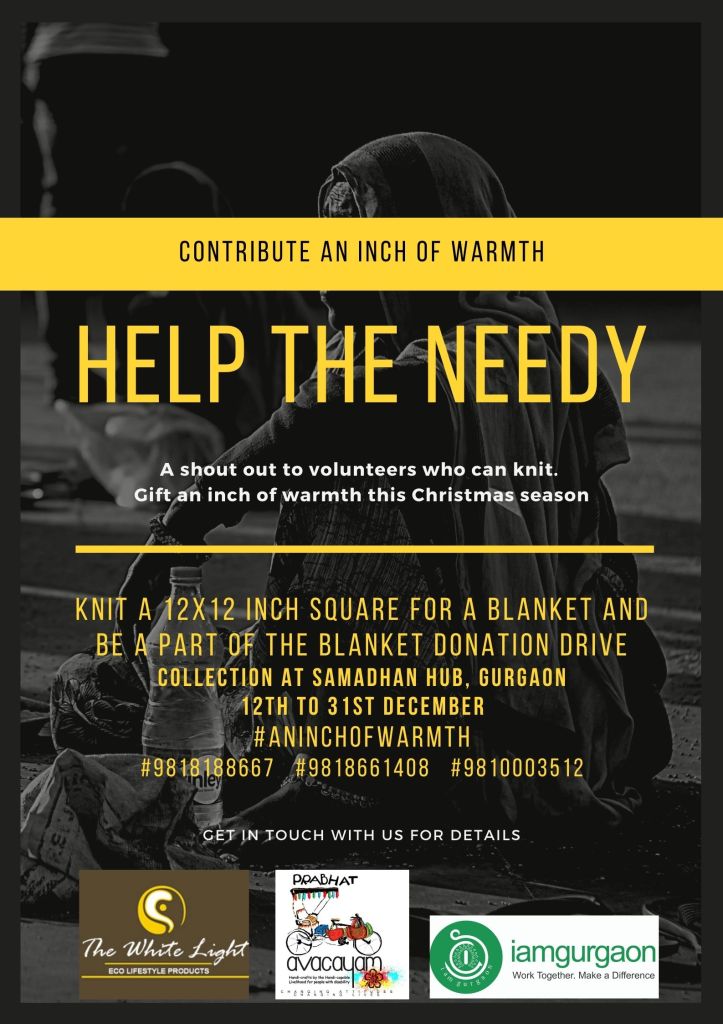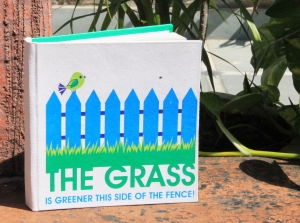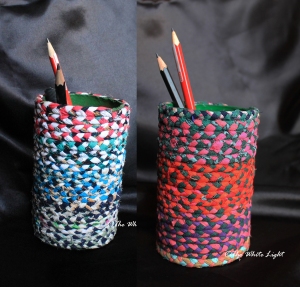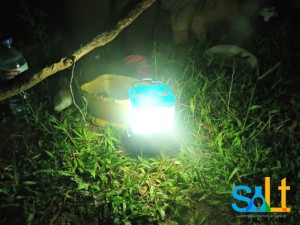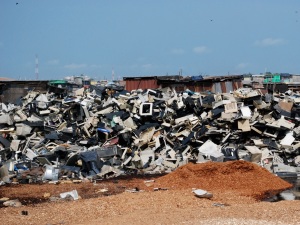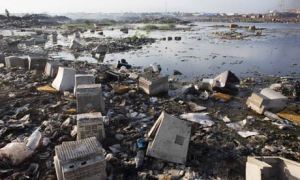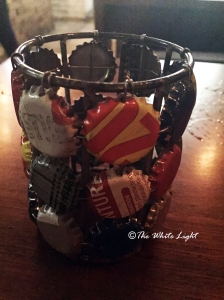
We in India give generously to our gods if not to people who need it the most (pun intended). A country where people worship multiple gods and goddesses, offerings to these deities are made in various ways and one of them is in the form of flowers.
It is estimated that some 800 million tonnes of flowers, including roses and yellow marigolds, are offered across temples mosques and gurudwaras in the country with the second highest population in the world. Now imagine if people were to receive them instead. But that is not the point.
What happens to these heaps of flowers which are liberally showered day after day and month after month with devotion? Well, maybe one thinks they are dumped in landfills. But no, majority of them aren’t. Not in India where these flowers are considered sacred. So where do they go?
Most of them get thrown into local water bodies like rivers, ponds and lakes, that too without any segregation of biodegradable and non-biodegradable components. The logic being that most rivers are considered sacred too, specially the Ganges.

While industrial runoff is often singularly blamed for the spike in pollution level in majority of the rivers in India, floral waste rarely gets the blame. Believe it or not but floral waste reportedly accounts for almost 16 per cent of the total river pollutants. Toxic Arsenic, Lead and Cadmium from the harmful farm-runoff, pesticides and insecticides used to grow flowers mixes with the river water making it highly poisonous (PH 6-8.5). These major pollutants affect the lives of 400 Million people linked to contracting dysentery, cholera, hepatitis and severe diarrhoea, which are the leading causes of child mortality across India and Bangladesh. While rotting flowers affect the water quality, the pesticides that are used on them, leach into the waters harming marine life as well.
Human beings are creative beings, and fortunately there is a segment of people who have come up with various solutions to tackle this sacred issue which is ultimately harming the environment and life in more ways than we can think of.
Avacayam, The Art of Living Foundation and Help Us Green are some of the foundations that have been successful in giving these flowers a new life. Avacayam for instance, is not only recycling these flowers into organic Holi colours but is also enhancing the livelihood of disabled people by empowering them to make these beautiful colours. Similarly the other two have also come up with creative ways to upcycle these flowers into incense sticks and other products.

“Never doubt that a small group of thoughtful, committed citizens can change the world; indeed, it is the only thing that ever has.”
—Margaret Mead
Next time when you decide to offer flowers to deities, think twice. Will be even better if you could buy upcyled products made from flowers as well and be a part of bringing about a change.


